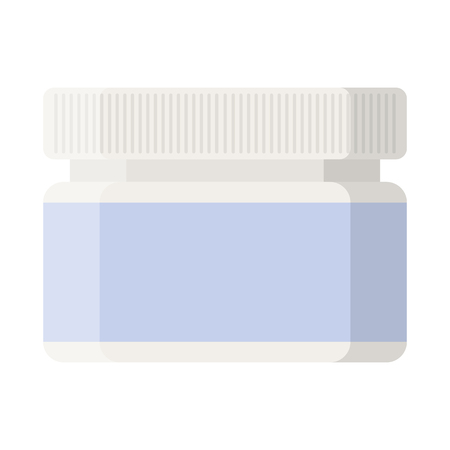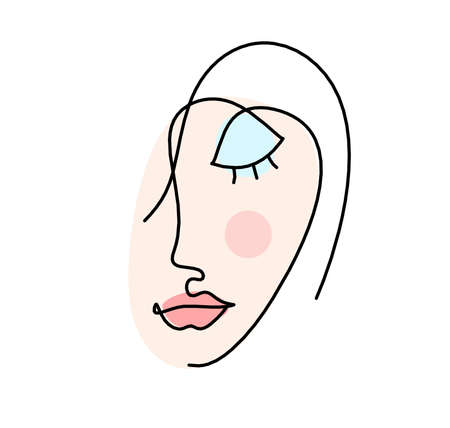Introduction to Dermal Fillers and Their Popularity
Dermal fillers have become one of the most sought-after cosmetic procedures in the United States, thanks to their ability to provide quick and effective enhancements with minimal downtime. These injectable treatments are designed to restore lost volume, smooth out wrinkles, and enhance facial contours, making them a popular choice for those looking to achieve a more youthful appearance without undergoing surgery. Over the past decade, the demand for dermal fillers has surged across various age groups, fueled by advances in aesthetic technology and a growing cultural acceptance of non-invasive cosmetic procedures. From celebrities to everyday Americans, more people are turning to fillers as an accessible way to boost confidence and maintain a fresh look. As interest continues to rise, understanding what dermal fillers are and why they’ve gained such popularity is essential—especially when considering the costs involved and what factors influence pricing in today’s market.
Types of Dermal Fillers
When considering the cost of dermal fillers, one of the most significant factors is the type of filler material used. Different materials are designed for various purposes and have unique properties that can influence both results and pricing. Below is an overview of the most common types of dermal fillers and how their characteristics impact their price point in the U.S. market.
Common Dermal Filler Materials
| Filler Type | Main Ingredient | Typical Uses | Longevity | Average Cost (per syringe) |
|---|---|---|---|---|
| Hyaluronic Acid (HA) | Hyaluronic Acid | Lips, cheeks, nasolabial folds, under eyes | 6-18 months | $600-$1,000 |
| Calcium Hydroxylapatite (CaHA) | Calcium Hydroxylapatite microspheres in gel | Deeper lines and wrinkles, volume restoration | 12-18 months | $700-$1,200 |
| Poly-L-lactic Acid (PLLA) | Synthetic polymer | Facial volume loss, deep wrinkles | Up to 2 years (requires multiple sessions) | $800-$1,500 (per session) |
| Polymethylmethacrylate (PMMA) | Microspheres suspended in collagen gel | Permanent correction of wrinkles, acne scars | Permanently semi-permanent | $900-$1,500 |
| Fat Transfer (Autologous Fat Injections) | Your own body fat | Larger areas needing volume replacement | Permanently semi-permanent (varies by patient) | $2,000-$5,000 (includes liposuction process) |
How Filler Type Affects Price
The type of dermal filler you choose significantly impacts the overall cost. Hyaluronic acid fillers—such as popular brands like Juvederm and Restylane—are widely used due to their natural look and reversibility, but tend to require repeat treatments. Calcium hydroxylapatite fillers like Radiesse last longer but come at a slightly higher price point due to their thicker consistency and specialized use for deeper lines. Poly-L-lactic acid fillers such as Sculptra are priced per treatment session and may require several sessions for optimal results. Permanent or semi-permanent options like PMMA (Bellafill) and fat transfers carry the highest upfront costs due to their long-lasting effects and complexity of administration. Ultimately, your provider will recommend the best type based on your aesthetic goals, but understanding these distinctions can help you better anticipate pricing during your consultation.

3. Provider Credentials and Experience
When considering dermal fillers, one of the most significant factors that can impact the price is the credentials and experience of your provider. In the United States, providers range from board-certified dermatologists and plastic surgeons to licensed nurse practitioners and physician assistants. Generally, those with advanced training, prestigious certifications, and years of hands-on experience tend to charge more for their services. This higher cost often reflects not only their expertise in administering injectables safely but also their ability to deliver natural-looking results tailored to individual facial anatomy. Additionally, well-known providers with strong reputations or high demand—often due to positive reviews, social media presence, or word-of-mouth recommendations—may set their prices at a premium. While it might be tempting to shop for bargains, investing in a qualified and experienced professional can reduce the risk of complications and ensure you get the outcome you’re hoping for.
4. Treatment Area and Amount Needed
When it comes to dermal fillers, the specific area being treated and the amount of product required are two of the most significant factors that influence overall cost. Not all facial areas require the same quantity of filler, nor do they demand the same level of expertise or time from your provider. For example, treating larger or more dynamic regions such as the cheeks typically requires more filler than enhancing a smaller area like the lips or under-eye hollows.
The pricing for each treatment can also vary based on how much product is used—most clinics in the U.S. price dermal fillers by the syringe, with some areas requiring multiple syringes for optimal results. This means someone seeking subtle lip enhancement may pay less compared to another person wanting to restore volume in both cheeks. Below is a general comparison:
| Treatment Area | Average Amount Needed (per session) | Estimated Cost Range (per area) |
|---|---|---|
| Lips | 0.5 – 1 syringe | $600 – $1,200 |
| Cheeks | 1 – 3 syringes | $1,200 – $3,600 |
| Under Eyes (Tear Troughs) | 0.5 – 1 syringe | $700 – $1,500 |
| Nasolabial Folds | 1 – 2 syringes | $800 – $2,000 |
| Jawline/Chin | 1 – 4 syringes | $1,200 – $4,000+ |
It’s important to remember that everyone’s facial anatomy and cosmetic goals are unique, so your actual needs may differ from these averages. During a consultation, your provider will assess which areas need attention and estimate the number of syringes necessary to achieve your desired outcome—directly impacting the final price you’ll pay. Always ask for a personalized quote and clarify whether follow-up treatments or touch-ups will be included in the initial cost.
5. Geographic Location
One of the most significant factors influencing the cost of dermal fillers in the United States is geographic location. Where you choose to get your treatment—whether it’s a high-end clinic in a bustling metropolitan area or a smaller practice in a rural town—can dramatically impact the final price. Major urban centers like New York City, Los Angeles, and Miami often have higher overhead costs, such as rent and salaries, which are reflected in their pricing for cosmetic procedures. Additionally, these cities tend to attract highly experienced practitioners who may charge premium rates for their expertise and reputation.
On the other hand, clinics located in suburban or rural areas typically offer dermal fillers at lower prices. The decreased cost of living and operating a business outside major cities allows these providers to pass savings on to clients. However, availability of specific products and access to top-tier practitioners might be more limited compared to urban locations.
State differences also play a role. For example, procedures in states with higher demand for cosmetic enhancements, such as California or Florida, might be priced differently than those in less populated or less trend-driven regions. Some states may also impose different regulatory requirements or taxes that can influence overall costs.
Ultimately, when considering dermal filler treatments, it’s important to factor in not just the skill of your provider but also how their clinic’s location might affect what you pay. Doing a bit of research into regional pricing trends can help ensure you make an informed decision that fits both your budget and your expectations.
6. Additional Fees and Aftercare
When budgeting for dermal fillers, it’s important to keep in mind that the advertised price may not be the only cost involved. Many clinics charge separate consultation fees, which can range from $50 to $200 depending on the provider and location. This initial appointment allows you to discuss your goals and assess if fillers are right for you, but it isn’t always rolled into the total procedure cost.
After your treatment, follow-up appointments are sometimes recommended to monitor your results or address any concerns. While some providers include one complimentary follow-up, others may charge an additional fee per visit. These costs can add up, especially if you need multiple check-ins to achieve your desired outcome.
Touch-ups are another potential extra expense. Depending on how your body responds to the filler and your aesthetic goals, a minor adjustment might be needed a few weeks after the initial injection. Touch-up pricing varies but is typically lower than the original treatment since less product is usually required.
It’s also worth considering possible aftercare products such as specialized creams or ice packs, which are sometimes recommended to minimize swelling or bruising. While these aren’t always mandatory, they can contribute to your overall out-of-pocket expenses.
To avoid surprises, ask your provider for a full breakdown of all anticipated costs before committing to treatment. This transparency helps you budget accurately and ensures you know exactly what’s included in your quoted price.
7. Conclusion: Making an Informed Decision
Choosing to invest in dermal fillers is a personal decision that involves more than just comparing prices. As weve explored, the cost of dermal fillers in the U.S. is influenced by various factors such as the providers experience, clinic location, type and brand of filler, amount needed, and even aftercare services. Its crucial to look beyond the price tag and consider each of these elements when selecting both your provider and your treatment plan. Prioritizing safety, quality, and expertise ensures you receive the best possible results while minimizing risks. Take the time to research, ask questions during consultations, and weigh all factors before making your choice. By doing so, youll be able to make an informed decision that fits your needs, budget, and long-term goals for facial aesthetics.


